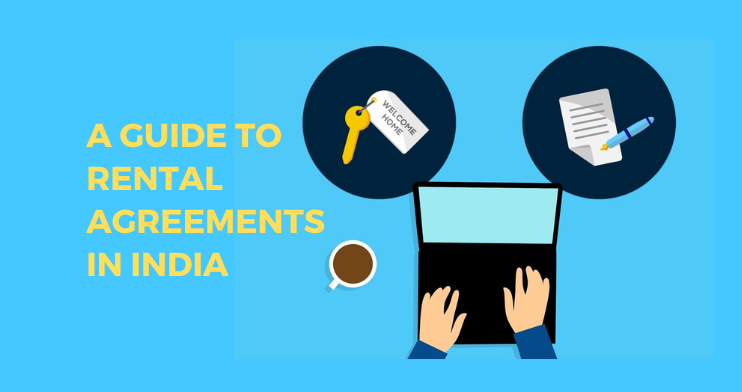
A guide to rental agreements in india
Understanding Rental Agreement
Rent agreement is a legal and formal necessary paper which governs the provisions related to occupancy of the premises. There are different forms of rent agreements which govern the parties. The owner of the land or property is the landlord and the individual occupying the property for a particular period of time is the tenant. Hence the parties involved in a typical rent agreement would be the landlord and the tenant.
Commercial Rental Agreement
Commercial rental agreements govern the leasing of properties for business purposes. These agreements are tailored to address the specific needs of commercial tenants, including provisions related to business operations, zoning regulations, and usage of the premises for commercial activities.
Residential Rental Agreement
This is a standard agreement for renting out residential properties, including apartments, houses, or condominiums. It outlines essential details such as rent, security deposit, maintenance responsibilities, and rules for the use of common facilities. Residential rental agreements are adaptable to different housing arrangements.
Shared Rental Agreement
This type of agreement is prevalent in shared accommodations, where multiple tenants share a single property. It clearly outlines the responsibilities of each tenant, such as rent division and the usage of common areas. Shared rental agreements help in avoiding conflicts among tenants and establish a clear understanding of shared spaces.
Single Rental Agreement
In contrast to shared agreements, a single rental agreement is designed for a single tenant occupying the entire property. This is the typical arrangement for independent houses, apartments, or commercial spaces. It provides a detailed account of the rental terms, including rent amount, duration, and any specific conditions agreed upon by the landlord and tenant.
Lease Agreement
A lease agreement is a long-term commitment between the landlord and tenant, often extending for a year or more. It provides stability for both parties, setting fixed terms and conditions for the duration of the lease. Lease agreements are commonly used for residential and commercial properties where a more extended commitment is desired.
License Agreement
While similar to a lease agreement, a license agreement provides the tenant with a revocable permission to occupy the property. This is often used in situations where the landlord wants more flexibility and control over the property. License agreements are common in serviced apartments, vacation rentals, or short-term accommodations.
In a rental agreement, several terms are commonly used to define the rights, obligations, and conditions of both landlords and tenants. Familiarizing yourself with these terms is essential to ensure a clear understanding of the agreement. Here are some common terms found in rental agreements
Landlord – Refers to the property owner or the person authorized to lease the property.
Tenant – The individual or entity renting the property from the landlord.
Lease Term – Specifies the duration of the lease agreement, indicating the start and end dates of the tenancy.
Rent – The amount paid by the tenant to the landlord at regular intervals (monthly, quarterly, etc.) for the use of the property.
Security Deposit – A refundable amount collected by the landlord to cover potential damages or unpaid rent. It is typically returned to the tenant at the end of the lease term, minus any deductions.
Utilities – Refers to services such as water, electricity, gas, and internet. The agreement may specify whether these are included in the rent or are the tenant's responsibility.
Maintenance & Repairs – Outlines the responsibilities of both parties regarding property upkeep. It specifies who is responsible for routine maintenance and repairs.
Subletting – Addresses whether the tenant is allowed to sublet the property to another individual, and if so, under what conditions.
Termination Notice – Specifies the advance notice required by either party to terminate the lease agreement. This can vary, but common periods include 30 days or 60 days.
Renewal Terms – If the lease is renewable, this section outlines the conditions and process for extending the lease beyond the initial term.
Right of Entry – States under what circumstances the landlord can enter the rental property, such as for repairs or inspections. It typically requires advance notice to the tenant.
Default & Eviction – Describes the actions that can lead to default (failure to fulfill terms) and the process of eviction if necessary.
Insurance – Clarifies whether the tenant is required to have renter's insurance and any specific coverage stipulations.
Alterations & Improvements – Specifies whether the tenant is allowed to make alterations or improvements to the property and under what conditions.
Understanding these terms ensures that both parties are on the same page regarding their rights and responsibilities, fostering a smoother and more transparent landlord tenant relationship.
Leave a Reply
Your email address will not be published.



Comments